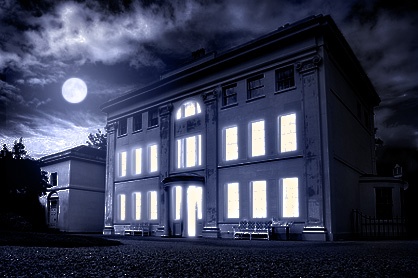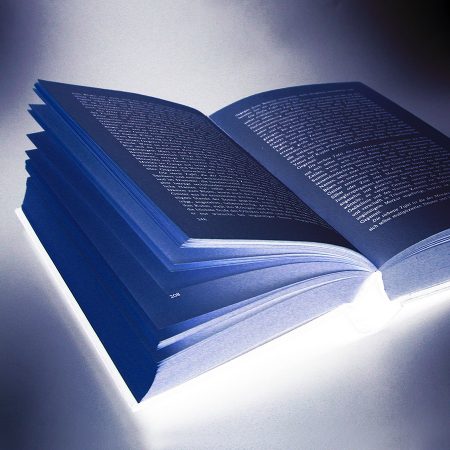Brilliant minds in the full moon light

That people connect and come together in the full moon light is not new and has always been this way. But what regularly occurred during the second half of the 18th century in Birmingham, Great Britain around full moon time, was an encounter of a special kind. The countries most brilliant and influential minds met back then (natural scientists, physicians, poets, theologians, philosophers, inventors and industrialists), within the scope of the, by Erasmus Darwin initiated »Lunar Society« in 1765.
The cause for these meetings however, was not the full moon, but the general intellectual exchange that was cultivated by these illustrious gentlemen. Amongst them, the said Erasmus Darwin (doctor and philosopher by profession and moreover the grandfather of Charles Darwin!), James Watt (sufficiently known through the steam engine, the unit of power and diverse inventions), Matthew Boulton (engineer and entrepreneur), Josiah Wedgwood (yes, the one with the porcelain), Joseph Priestley (theologian and natural scientist), William Murdoch (Scottish engineer and inventor – incidentally, has nothing to do with Rupert!) and several more. The main concern were discussions of latest findings and thoughts. They met on the Sunday closest to full moon for dinner in Matthew Boulton’s »Soho House«, discussing everything under the sun until late into the night.

It is said, that the full moon, other than influencing the naming of this society and functioning as a timer for the rhythm of these meetings, also played quite a practical part by simplifying the participant’s home journey, that usually took place during the wee hours of the morning. Since the street lights had not been invented yet, the natural light of the moon was utilised to find one’s way. It is a fascinating notion, how James Watt et al. were tearing down the road in their carriages in the moon light through the nightly Birmingham and surrounding …
By the way, William Murdoch happens to be the first one to experiment with light created with gas flames and hence paved the way for the future street lighting. In 1803 the first gas-operated lamps were erected in Soho, Birmingham. About 40 years later, first experiments were made with electric light, with which we are nowadays well acquainted.
Consequently, it was actually the full moon that accompanied the inventors and scientist in their days and helped them establish certain ideas. Could there be possibly an inspiring ingredient in the full moon light, after all?
